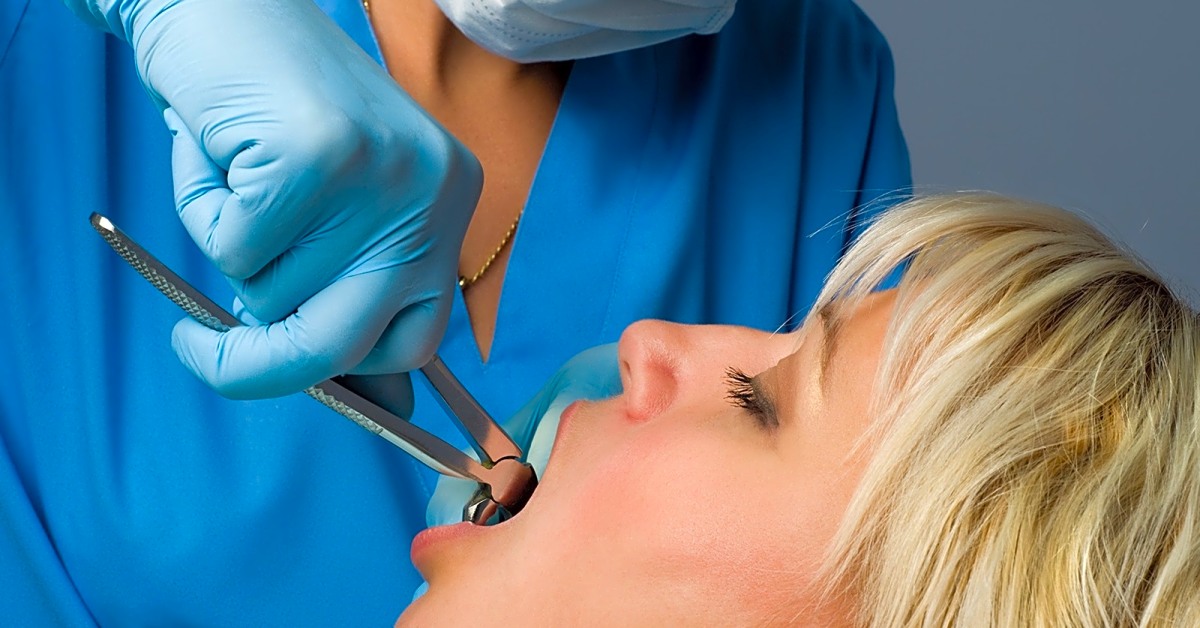Vasodepressive syncope is the most common emergency in dental practices and accounts for around 53% of all emergencies. Syncopy is by far the most common medical emergency in dentistry that affects the patient. Luckily, it’s also the easiest to use), said Dr. Stanley Malamed, professor of anesthesia and medicine at the University of Southern California in Los Angeles.
Malamed found that the kit and its contents have changed over the years, from just four drugs to as many as 15 drugs. However, the seven drugs mentioned above have been the recommended standard for around a decade. This number of drugs has changed over the years as medical knowledge has evolved. He found that for every minute a person goes into cardiac arrest and is not defibrillated, the victim loses around a 10% chance of survival. Since 2000, training courses on the use of AEDs and the implementation of CPR (Basic Life Support) have been offered together.
Nonetheless, only one state (Florida) requires the dentist to have an AED in the office (valid from February 20). Again, the material contained in this chapter is not intended to replace such courses, but rather to relativize the treatment of these issues when they arise in a dental environment. Proactively, at least two people should be available within the work environment to handle medical emergencies when treatment is planned (in exceptional cases, the second person may be a receptionist or a person accompanying the patient). The following overview is presented in both general and specific terms to provide readers with different levels of expertise and training with a meaningful overview of managing the most common medical emergencies in dental care.
The content is not intended to set a standard of care or the official policy or position of ADA, nor is it a substitute for professional judgment, advice, diagnosis, or treatment. Dental team members are committed to ensuring that they provide an effective and safe service to their patients. Hand hygiene is an essential part of preventing infection in a dental practice, and the dental team is required to ensure that it is managed in accordance with current guidelines. When treating patients in a dental facility, there are a number of circumstances that can lead to airway obstruction.
A medical emergency in the dental office can be an unexpected event that can include accidental or intentional bodily injuries, central nervous system stimulation and depression, respiratory and circulatory disorders, and allergic reactions. The vast majority of medical emergencies in dental practice can be avoided through a good medical history and physical examination as well as appropriate preoperative prevention measures. Vasovagal syncope is by far the most common medical “emergency” in dental practice. In all cases, the administration of intravenous drugs, endotracheal intubation, cardioversion and the use of complex antiarrhythmic drugs are best treated in a cardiological intensive care unit and not in a dental office or a hospital dental outpatient clinic.
The poster “Medical Emergencies in the Dental Practice” is available as a supplement in this issue of the British Dental Journal.


